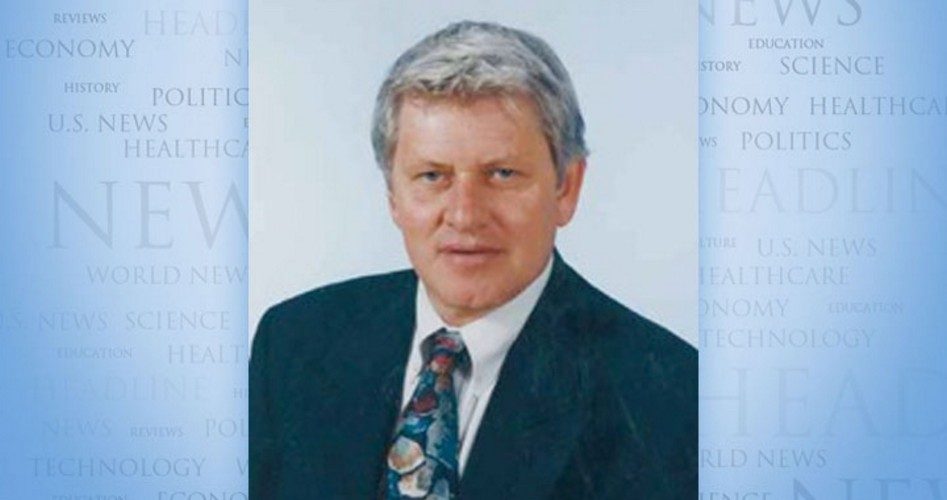
“A book so powerful in its clarity and simplicity that we can declare, without question, that it has shaped our world,” wrote Nobel Laureate F.A. Hayek regarding the intellectual and policy impact of Economics in One Lesson, a best-selling and influential economics primer by Henry Hazlitt, first published in 1946.
Hazlitt succinctly summed up his primary thesis regarding the positive contribution to society of economics, properly understood, and the high cost of flawed economic ideas: “The whole of economics can be reduced to a single lesson, and that lesson can be reduced to a single sentence: The art of economics consists in looking not merely at the immediate but at the longer effects of any act or policy; it consists in tracing the consequences of that policy not merely for one group but for all groups. Nine-tenths of the economic fallacies that are working such dreadful harm in the world today are the result of ignoring this lesson.”
There is, warned Hazlitt, a “persistent tendency to see only the immediate effects of a given policy” while overlooking long-run effects, secondary consequences and less instantly visible effects.
“In this lies the whole difference between good economics and bad,” asserted Hazlitt. “The bad economist sees only what immediately strikes the eye. The good economist also looks beyond.”
Proclaimed Hillary Clinton, for instance, last October in Boston while campaigning in support of Democrats running for office, “My husband gave working families a raise in the 1990s.”
Not a dollar, of course, came out of Bill Clinton’s wallet to pay for the nationwide raises he “gave.”
More specifically to Hazlitt’s main point, there was no mention in Mrs. Clinton’s remark about any consequences of her husband mandating a hike in business costs — no mention of employees’ hours cut, layoffs, businesses closing, or less hiring when the government enacts policies that increase costs.
“Don’t let anybody tell you that, you know, it’s corporations and businesses that create jobs,” proclaimed Mrs. Clinton in the same speech, stating an idea that mirrors her notion that it’s politicians who give pay raises, not employers or businesses.
More broadly, Mrs. Clinton also instructed her audience about the fundamentals of “you know, that old theory, trickle-down economics.” Her judgment of “trickle-down economics” was as minimal as it was incorrect: “That has been tried. That has failed. It has failed rather spectacularly.”
In fact, what’s labeled as trickle-down economics — or supply-side economics or Reaganomics — dramatically turned around the failing economy of the 1970s and produced an unprecedented run of economic growth, income increases and job creation.
The “misery index,” the combination of the inflation rate and the unemployment rate, stood at a post-World War II high of 20.6 percent in 1981 when Reagan took office and was down to 8.8 percent by 1986. The National Bureau of Economic Research in 1999 declared the 1982-99 period “the longest sustained period of wealth creation in the 20th century.”
With “that old theory, trickle-down,” nothing had failed “rather spectacularly” except Mrs. Clinton’s description of the results.
Ralph R. Reiland is an associate professor of economics at Robert Morris University in Pittsburgh.


